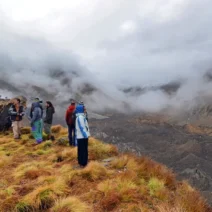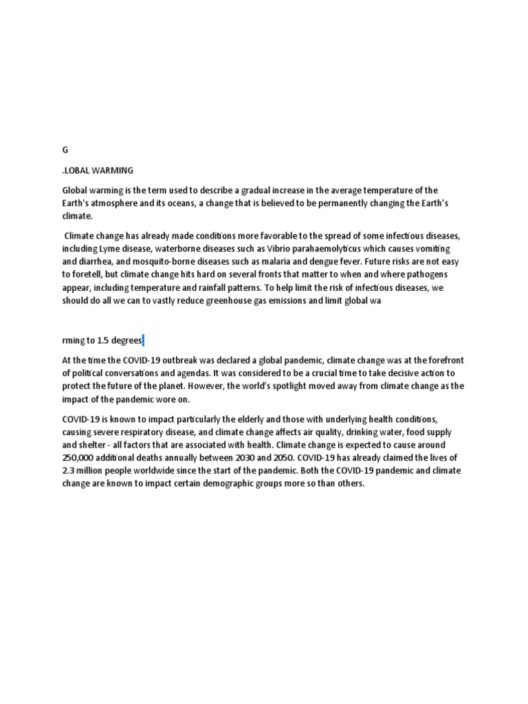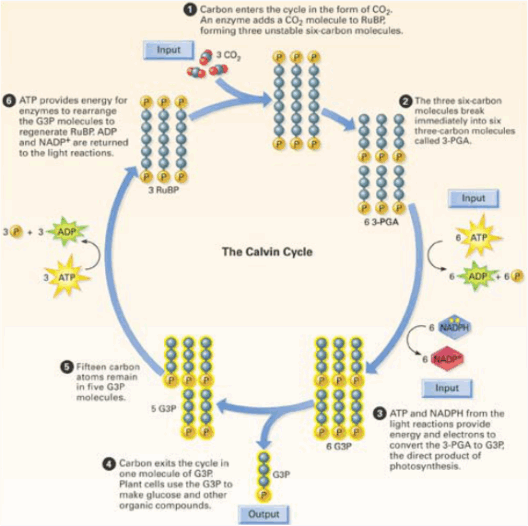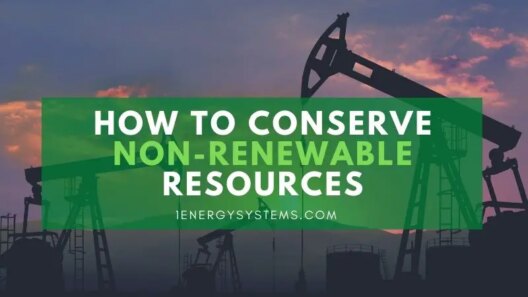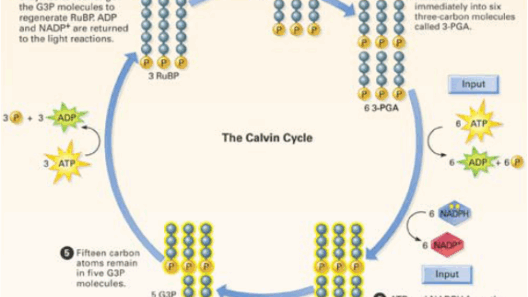In the realm of physics, energy conservation stands as a fundamental principle underscoring the intricate dance of various forms of energy throughout the universe. Yet, what happens when the conventional interpretations collide with artistic creativity? In a classroom brimming with curiosity, a physics teacher sets the stage for an illustrative demonstration, presenting energy conservation with a playful twist. This experiment not only elucidates the core scientific concepts but also engages students in thought-provoking questions that challenge them to think beyond the textbook.
The demonstration begins with a seemingly simple apparatus: a pendulum swinging gracefully from a fixed point. This device, however, serves as a microcosm for discussing kinetic and potential energy. As the teacher animates the pendulum, the students are prompted with a question that invites both critical thinking and creativity: “If the pendulum were to swing higher, where does the extra energy come from?” This playful inquiry initiates a rich dialogue surrounding energy transformations, setting the tone for deeper understanding.
Understanding energy conservation involves recognizing that energy can neither be created nor destroyed; it merely shifts from one form to another. As the pendulum ascends, kinetic energy transferred into potential energy reaches its zenith at the highest point of the swing. Here, students are encouraged to visualize the transformation, imagining how the energy fluctuates between these two forms throughout the motion. This dynamic metamorphosis embodies the principle of energy conservation, a concept that resonates far beyond the confines of the classroom.
To elevate the demonstration, the teacher introduces an unexpected twist: a rubber band. This innocuous object can be stretched and released to propel a small object across the floor, offering a new facet to the exploration of energy. Students watch in awe as the potential energy stored within the rubber band metamorphoses into kinetic energy, launching the object forward with surprising velocity. But the real question emerges: what energy transformations occur when the object stops? Here lies a moment of revelation: the kinetic energy dissipates, transformed into sound and thermal energy. The playful nature of the rubber band adds excitement while reinforcing the underlying principles of conservation.
As the demonstration progresses, the educators introduce a potential challenge: “How would you design a device to maximize the distance an object can be projected with minimal energy input?” This question transcends the immediate experiment and tasks students with conceptualizing their solutions. They might envision devices that utilize levers or inclined planes, applying their understanding of mechanical advantage. Such problem-solving not only deepens comprehension but also fosters an environment of creativity and innovation.
Transitioning from the realm of simple mechanics, the teacher broadens the focus to include real-world applications of energy conservation. From renewable energy sources to everyday energy-saving practices, the lessons learned in the classroom echo outwards into students’ lives. Discussions shift towards solar panels, wind turbines, and hydroelectric power, emphasizing how these technologies harness and convert energy sustainably. Students are encouraged to reflect on their own energy usage at home, considering ways they can conserve energy in daily activities. This holistic integration of physics and environmental awareness reinforces the significance of the topic.
Furthermore, the teacher instills a sense of responsibility within the context of global energy issues. “As future scientists and visionaries, how might you contribute to a more sustainable future?” This question resonates deeply with the pragmatic realities of today’s ecological challenges. Students are invited to consider innovations in energy storage, improved efficiency in appliances, or even exploring advancements in battery technology. The ability to relate physics to pressing environmental issues cultivates a sense of agency among learners, inspiring them to become active participants in promoting sustainability.
Throughout the exploration of energy conservation, the intertwining of playful inquiries and real-world applications captivates students’ enthusiasm and curiosity. The role of the educator here is crucial; by fostering an interactive atmosphere, they empower students to engage critically with the material. By presenting energy conservation not merely as a set of equations or principles, but as an expansive concept with multifaceted implications, they frame physics as an integral part of a larger dialogue about stewardship of our planet.
As the demonstration culminates, students have an opportunity to reflect on the concepts learned. They can articulate their newfound understanding of energy transformations and conservation. This pedagogical approach creates an environment ripe for inquiry, inviting students to ask further questions such as, “What other everyday activities involve the conservation of energy?” These reflections solidify their grasp of physics while igniting their passion for discovery.
In conclusion, a physics teacher demonstrating energy conservation, twisted with creativity and inquiry, encapsulates a vivid tableau of learning. This approach transcends the mere transmission of knowledge, guiding students to explore their roles as stewards of knowledge within the greater context of environmental conservation. Through playful questioning and challenges, they not only embrace scientific principles but also commit to making a meaningful difference in the world. Ultimately, such experiences remind us that science, inherently tied to the fabric of our lives, holds the potential to cultivate a harmonious relationship with our environment, fostering sustainable practices for generations to come.

